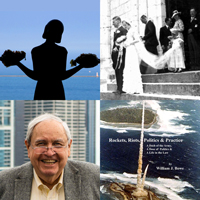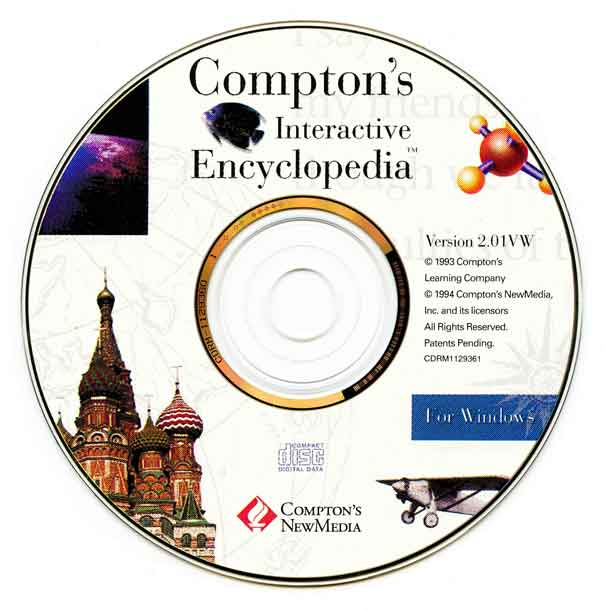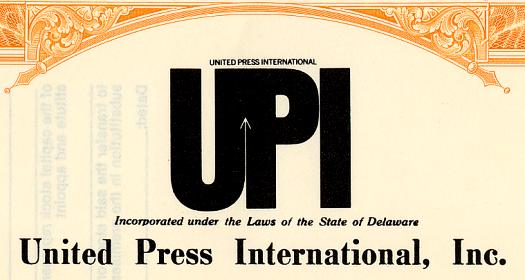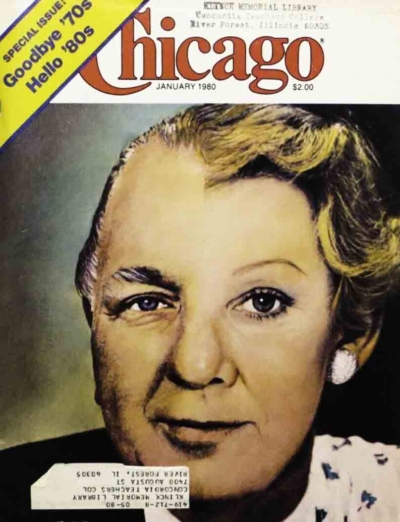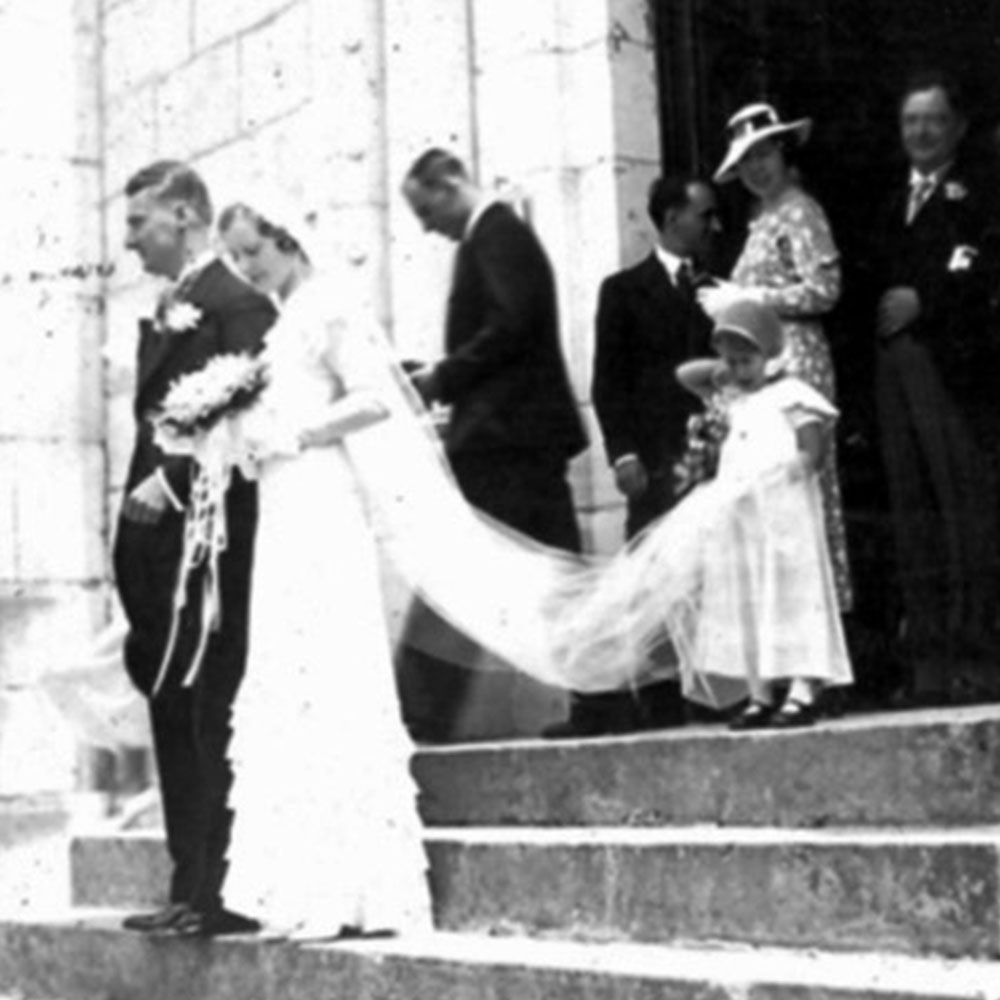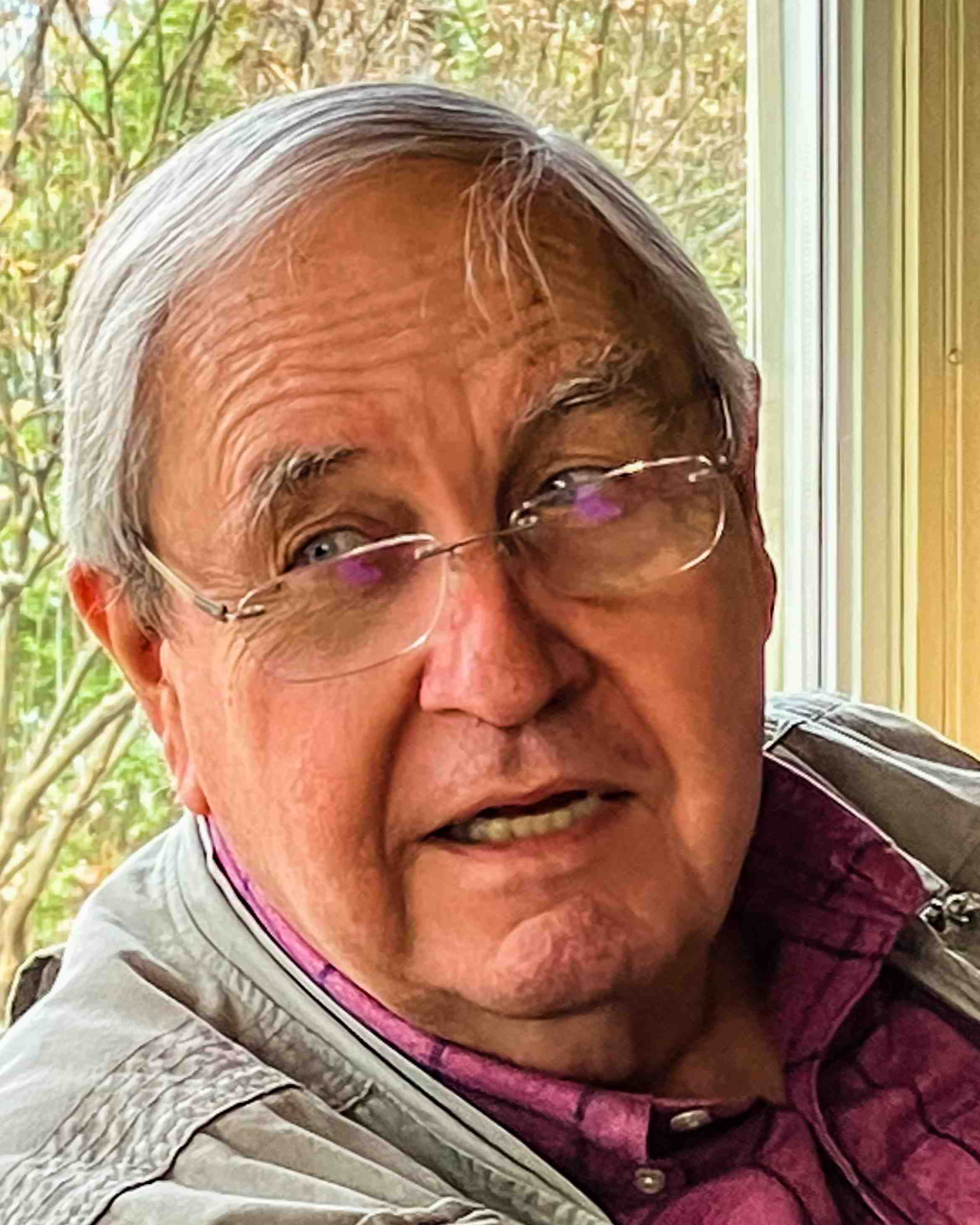 The month after Dr. Martin Luther King Jr.’s assassination in 1968, I enlisted in the Army’s Intelligence Branch for three years. President Lyndon Johnson had just sent the Regular Army simultaneously to Baltimore, Washington, D.C., and Chicago to help control the ensuing violence and riots that had overwhelmed police and National Guard. This was a very strange and violent time. We’ve been lucky the country has largely been free of this kind of large-scale mayhem and destruction until the recent looting and riots we saw during the pandemic in the summer of 2020.
The month after Dr. Martin Luther King Jr.’s assassination in 1968, I enlisted in the Army’s Intelligence Branch for three years. President Lyndon Johnson had just sent the Regular Army simultaneously to Baltimore, Washington, D.C., and Chicago to help control the ensuing violence and riots that had overwhelmed police and National Guard. This was a very strange and violent time. We’ve been lucky the country has largely been free of this kind of large-scale mayhem and destruction until the recent looting and riots we saw during the pandemic in the summer of 2020.
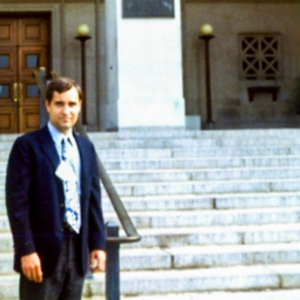
Arriving at the Pentagon
After eight weeks Basic Training and 16 weeks Advanced Individual Training at its Intelligence Branch school in 1968, the Army put me in the middle of the race-related and antiwar violence of that earlier time. I was assigned to the Pentagon and almost immediately found myself tasked with providing estimates of civil disturbances likely to involve the Army. In this role I had access to relevant classified intelligence of the federal government relating to internal security and the widespread politically based violence of the period. This function soon had me tracking a former law school classmate. This was Bernardine Dohrn, the SDS Weather Underground domestic terrorist leader and self-described “revolutionary communist.” In 1970, this helped make her one of only 11 women to make it on the
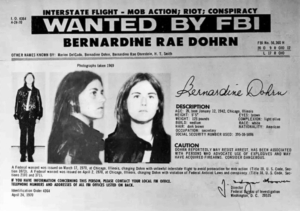
Bernardine Dohrn
FBI’s 10 most wanted list.
Having learned something about the intelligence aspects of controlling riots and anti-war civil disturbances when I was in the Army, I was asked to testify before Congress in 1974 on the subject of military surveillance of civilians. My testimony was before the U.S. Senate Judiciary Committee.
Testimony of William J. Bowe before U.S. Sen. Sam Ervin (D-NC), Chairman, Senate Judiciary Committee
In the course of preparing for the hearings on military surveillance, I met privately with Committee Chair Sen. Sam Ervin (D-NC) and had a chance to discuss the issues with him in some depth. For a person of such gravitas, he was as personable and down to earth as they come. Just the year before, I had been transfixed like most of the country watching Ervin chair the most important hearings of his career, the Senate Watergate hearings. His cross-examination of John Dean and the other Watergate witnesses helped bring about President Nixon’s resignation.
These reflections on my Army tour of duty between 1968 and 1971 not only touch on the broad civil disruption afoot at the time. They also provide a snapshot of what I saw of some of the era’s advanced military technology at isolated atolls in the Pacific Ocean. The closest I got to Vietnam during my service was when I was asked to undertake a counterespionage and counter-sabotage threat assessment that took me to Johnston and Kwajalein Atolls in the Pacific.

Kwajalein Atoll 1960s Postcard
If the Atomic Age can be said to have begun with the dropping of the atomic bomb on Hiroshima in 1945, the Space Age can be said to have begun with the Soviet Union launching the first Sputnik satellite in 1957. Sputnik was akin to a beeping medicine ball in that it was round, about two feet across, and chirped proof of its presence back to earth. Nobody was thinking of shooting it down in 1957. By 1962, however, Nike-Zeus anti-ballistic missile rockets had already been tested on Kwajalein Atoll to see if they could perform an anti-satellite mission. The perceived threat was the U.S.S.R. orbiting satellites with nuclear weapons aboard. The Nike-Zeus rockets of the day literally fell short in this task. They couldn’t fly high enough.
By 1969, when I stopped at Johnston Atoll in the Pacific on my way to Kwajalein, I saw recently modified Thor missiles that could kill satellites. The Thor-based anti-satellite system of the Defense Department’s secret Project 437 was mothballed the year after my visit. Beyond budget constraints, tests showed the nuclear detonations it would use to eliminate hostile satellites would also destroy useful satellites. Among Program 437’s unintended test victims was Telstar, the world’s first telecommunications satellite. I had a chance to talk about some of these Ballistic Missile and Satellite Defense issues at The Cliff Dwellers right before the pandemic lockdown in early 2020.

Array of sounding rockets used in high altitude nuclear tests and today’s abandoned Johnston Atoll
Though I didn’t appreciate it at the time, the development of offensive and defensive military satellite systems of the sort I saw and thought about in 1969 in a way marked the dawn of space emerging as a distinct and novel war theater. The evolution of warfare to a non-terrestrial platform has taken a while since then and was not formally recognized until 2019. That was the year the U.S. Space Force was created and given the primary missions of defending our cities from a space-based attack and protecting our military and navigation satellites from being attacked from space or earth.
In a postscript to this account of my Army days, when I was General Counsel of United Press International in 1985, I had the unlikely opportunity of having lunch with Gen. William Westmoreland, retired commander of U.S. troops in Vietnam and former Chief of Staff of the Army during my time in the Pentagon. He had just settled his $120 million libel lawsuit against CBS. At the time, this was regarded as his throwing in the towel on a losing proposition. Our conversation proved Winston Churchill’s adage right on target, “Generals always fight the last war.”
Back in 1971, decompressing from three years in the Army, I took a brief stab at trying to write about the unusual events I’d been involved in in my three Army years. If I’d ever finished such an account, it might have been titled, A Spook Speaks. Instead, I filled the hiatus I had plugged into my schedule for this writing effort by travelling to Europe and the Middle East. My vacation done, I returned to Chicago to restart my life as a lawyer.
I was 28 and still single when I emerged from the Army. Though I always had in mind the goal of marriage and a family, I was determined to remain single at that point. By 1974, my attitude on marriage had slowly come around, and I had married Judy Arndt, the sister-in-law of my law firm colleague Bill Singer. The marriage didn’t last long, and with my personal life back on hold for a while, I threw myself into local politics while continuing to develop my professional skills as a corporate lawyer representing businesses.
While not so lucky in the way my personal life evolved, I got off to a good start in the law at the Roan & Grossman law firm in the early 1970s. I found I enjoyed my clients and practicing law, and my clients seemed to appreciate having me as their lawyer. So as the years unfolded, I was growing in confidence professionally and maturing personally as well. I remarried in 1979, and Cathy Vanselow and I began family life sooner than expected with the premature birth of our son, Andy, the next year. I shifted course away from the private practice of law when I had an opportunity to become General Counsel of a Chicago-based collectibles company with substantial business overseas. This work gave me an exposure to international law and supplemented my development as a corporate lawyer with a specialty in intellectual property.
The company’s main business at the time was selling so-called limited edition collector’s plates. They might have been mistaken for high-end dinnerware, but for the fact that the clay plate blanks had been fired in a kiln with decorative artwork on them. Most of them usually weren’t dishwasher safe, and you couldn’t eat food on collector’s plates due to the embedded toxicity of their paints and dyes.
As you might imagine, the impetus in my taking the job did not have to do with the excitement and thrill of selling plates. For me, it had more to do with the fact that the business was owned by Rod MacArthur (J. Roderick MacArthur), the son of the recently deceased billionaire, John D. MacArthur. At his death, John D. MacArthur was reportedly the second- or third-richest American, and he left the bulk of his fortune not to his son Rod and daughter Virginia, but to the John D. and Catherine T. MacArthur Foundation. The MacArthur Foundation immediately became one of the nation’s largest foundations.
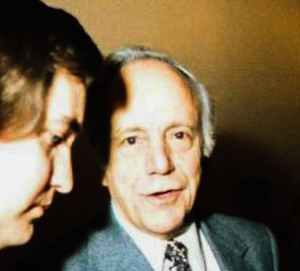
Rod MacArthur at my 1979 wedding
Rod needed a lawyer for his growing collectibles business, and he also needed a lawyer to provide legal help and guidance as he carried out his increasingly acrimonious duties as a director of the Foundation. Before his irritation with his fellow Foundation directors devolved into suing them, Rod creatively took the lead in developing the MacArthur Foundation’s Fellows Program, popularly known as the “genius grants.” Though on occasion Rod could be quirky and cantankerous, I got along fine with him and appreciated his offer to provide mail order expertise when in 1979 I decided to run against a Mayor Richard J. Daley machine-backed candidate for 43rd Ward Democratic Committeeman. I left Rod MacArthur’s company in the early 1980s and, after a brief time as Of Counsel to a Chicago Loop law firm, I headed again into the role of in-house counsel, this time with United Press International.
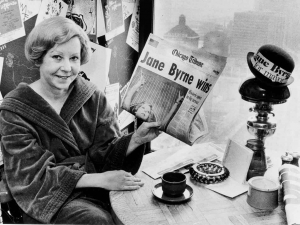
1979 Jane Byrne with Chicago Tribune
Concurrently with my law practice in the 1970s, I had done volunteer work for Bill Singer and Dick Simpson, both liberal, non-machine aldermen of the 43rd and 44th lakefront wards on Chicago’s north side. At the time, Bill Singer and I had practiced with the same law firms, and had overlapped briefly as brothers-in-law. I served as General Counsel and Research Director in Singer’s campaign against Mayor Richard J. Daley in the Democratic primary election in 1975, and I later drafted ordinances for Simpson. I also carried over as Secretary of the 43rd Ward Aldermanic Office when Singer’s successor Marty Oberman followed him into office.
During this period, I was also occasionally writing articles for local Chicago publications on business and political topics. This latter role threw me unexpectedly into the middle of a media-political storm that erupted in 1980 when Mayor Jane Byrne blew her stack and banned the Chicago Tribune from City Hall. The story was both bizarre and telling. It was bizarre because the whole affair was completely wacky, and it was telling because it highlighted some of the mayor’s underlying flaws. These were the flaws that helped turn her into a one-term mayor. The tale I recall here was just one of the events that helped set the stage for the 1983 arrival of Chicago’s first Black mayor, Harold Washington.
When I was offered the job of Assistant General Counsel at the newswire service, United Press International, UPI had recently moved its headquarters to Brentwood, Tennessee, a Nashville suburb. My wife, Cathy, son Andy, and I moved to Brentwood shortly thereafter.
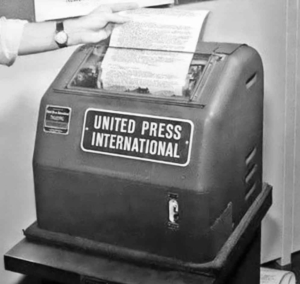
United Press International news copy machine
UPI competed with the larger Associated Press newspaper syndicate throughout the 20th century. When I joined it as Assistant General Counsel in 1984, it had recently been purchased by two young Nashville entrepreneurs. My engagement with UPI lasted only two years. In that period, I had a front-row seat watching the company slide into bankruptcy. It was just emerging from bankruptcy when I left. In the course of UPI’s denouement, I received a battlefield promotion from Assistant General Counsel to General Counsel.
The story of UPI in this period provides a cautionary lesson you can take to the bank. If a company is struggling financially, it’s more likely to go down the tubes faster and for sure if it’s owned and controlled by self-centered, inexperienced managers who are in way over their heads, and more full of themselves than full of cash.
Given the uncertainty facing UPI as it emerged from bankruptcy in 1985, it was fortuitous that I was approached by a headhunter looking for a new General Counsel for reference publisher Encyclopaedia Britannica back in Chicago. What followed was a 28-year run at Britannica that gave me a chance to move beyond a strictly legal role. This included serving as President of its subsidiary Encyclopaedia Britannica Educational Corporation and for a short period heading up the country’s premier dictionary publisher, Merriam-Webster.
My time with EB also gave me a bird’s-eye view of the revolution in intellectual property law wrought by the arrival of the internet in the 1990s. While I had long been conversant with trade secret, trademark, and copyright law adapting to the internet revolution, the emerging digital era gave me added expertise in software patents.
Beginning in the mid-1980s, EB had begun developing Compton’s Interactive Encyclopedia, later Compton’s Multimedia Encyclopedia, a digital version of its reference work for younger readers. It seems counterintuitive to imagine that a multi-volume print encyclopedia publisher born in Edinburgh, Scotland in 1768 would be on the cutting edge of a breakthrough invention in the computer age. Yet, beginning with the Compton’s Multimedia Encyclopedia, EB in this period made a massive research and development investment that resulted in a revolutionary advance in the evolution of the human/machine interface.
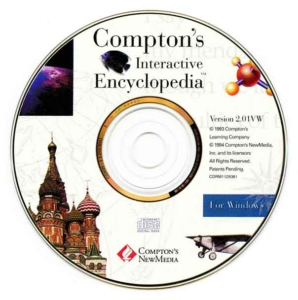
Compton’s Encyclopedia on CD-ROM
Vannevar Bush had foreseen the information society as early as 1945 in a landmark article in The Atlantic magazine. In the following decades, Doug Engelbart, Alan Kay, Ted Nelson, and many others struggled to create a simple interface that would permit humans to easily interact with the computers of the day. Their pioneering efforts were constrained because the computer hardware of the times wasn’t sufficiently advanced. The mouse and graphical user interface had been invented, and content like text, graphics, video, and sound could all be digitized by this time. However, no one had yet cracked the nut of how to make substantive content in all these formats easily accessible on a computer in a unified and coherent form that was searchable.
I first filed a patent application for Britannica’s multimedia search system invention in 1989. After a thorough investigation of its foundational uniqueness, the patent was duly issued by the U.S. Patent and Trademark Office in 1993. Because of its landmark nature, the publicity attendant to its issuance quickly created a political football for President Bill Clinton’s administration. Representatives of the high-tech behemoths of the day didn’t take kindly to an upstart of the 18th century horning in on the digital revenues they saw in the offing. Their representatives promptly met with Vice President Al Gore and Bruce Lehman, then Commissioner of Patents and Trademarks. They urged a fast revocation of the patent.
Bowing to the pressure, the Commissioner promptly ordered a rare patent reexamination. The procedure has been likened to giving the subordinate reexamination officer, if not a direct order, a “license to revoke.” In due course, and not surprisingly, the patent was then revoked. EB brought suit in the first of many subsequent court battles.
After a thorough and independent review of the patent’s claims, the Federal District Court in the District of Columbia, on the recommendation of a Special Master, found the patent in order and directed the Patent Office to reconsider its revocation of the patent. The Patent Office duly reissued the patent in 2002, nine years after its original issuance. What continued on from there was surely one of the great patent litigation sagas of our era. The end came nearly a quarter century after the original filing of the patent application when a different court finally ruled that the patent was invalid. The court concluded in a legal malpractice case that the patent shouldn’t have been issued in the first place. Move along folks, not really an invention, old hat, been around for thousands of years, nothing to see here.
Oh well, such are the vagaries of patent law. What can’t be denied is that this advance made by Britannica took computers beyond their limited presence in government and business and helped bring them into the home and everywhere else. We would not have arrived so quickly at today’s level of immersion in the digital world had not the 1989 Britannica invention first led the way to giving even very young children the ability to easily search and navigate through content rich in text, pictures, video, and sound elements.
My high-level review of Britannica’s epic battle to legally mark the Compton’s patent invention as a fundamental one of the Digital Age would not be complete without including here the company’s 2016 Petition for a Writ of Mandamus to the U.S. Supreme Court. Though the Court chose not to hear the case, the Petition is at Appendix 1 and offers a good summary of the ins and outs of the legal saga since the patent’s 1989 filing.
As this legal battle played out in the 1990s, talented software engineers at Britannica’s Advanced Technology Group in La Jolla, California turned their attention to putting the massive, 33-million-word Encyclopaedia Britannica first on a CD-ROM and then on the internet. Robert McHenry, Britannica’s exceptional Editor in this period, has written the definitive tale of where this effort was successful and where it fell short. You’ll find his account of The Building of Britannica Online at Appendix 2.

